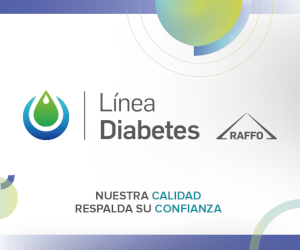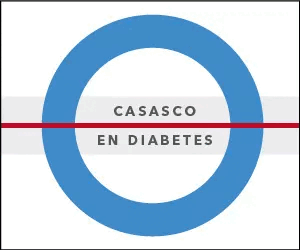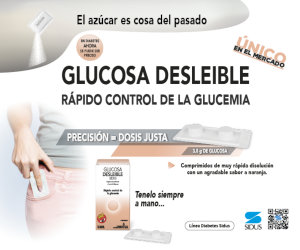Barriers in the treatment of type 2 diabetes in pediatrics: how to deal with them?
Keywords:
diabetes type 2, pediatricsAbstract
As a chronic non-communicable disease, diabetes requires permanent support from the health team and a change in the patient's lifestyle habits, since it is a condition that the patient lives with and goes through in their daily lives1. In the case of the pedia-tric patient, this implies the education of both the patient and his family environment, sin-ce the care of the pediatric patient invariably requires the consideration of the adult care-givers in his care. In the care of this complex pathology, it is possible to identify different barriers that hinder or prevent its adequate treatment2.
How to address patient education when the family does not comply with the instructions, does not modify lifestyle habits or does not promote physical activity? It is essential to have an interdisciplinary health team. Approaches to complex pathologies require the contribution of several disciplines. The interdisciplinary formation of the team reduces communication barriers, since it allows the contribution of diverse points of view and collaborates in this co-construction of healthy habits. Also, socio-community support is important, since it is the context that accompa-nies the patient in their daily life. Healthy cooking workshops, exercise groups and sharing meals are activities valued by adult patients3. In the same way, we can encourage fami-lies of diabetic boys and girls to participate in some activity of this type and coordinate with the school to which the boy or girl attends to carry out any of these activities. Finally, a key factor in self-care is self-responsibility. Something that in the treat-ment of pediatric patients highlights the fundamental role of the family or adult caregivers. The diabetic patient has to take charge of his illness, especially if it was diagnosed in childhood, which implies appropriating the care practices that adults provided him in his childhood. It is positive then to take a perspective from the logic of care instead of focusing on the disease. The important thing is to modify our point of view, moving it from diabe-tes as a disease to its recognition as an illness or suffering, placing ourselves from the experience of how people with diabetes experience this condition4.
References
I. Pascual-Ayala R, Cardoso-Gómez MA, Serrano-Sánchez C. Diabetes, una forma de vivir. Estudios de Antropología Biológica 2011;13(2).
II. González-Rodríguez L, Cooper-Weekes D, Méndez-Gómez H, et al. Barreras identificadas por pacientes con diabetes mellitus de tipo 2 en su atención integral.
MEDISAN 2021;25(2):388-403.
III. Domínguez-Mon A, Schwarz Pk, Fattore F, et al. El video documental aprendiendo a cuidar(se). De las experiencias de vivir con diabetes a un posible recurso
de aprendizaje situado para profesionales de la salud. Argumentos. Publicación del Instituto de Investigaciones Gino Germani. Facultad de Ciencias Sociales. Universidad de Buenos Aires 2015;17:331-356 Disponible en: http://argumentos.sociales.uba.ar.
IV. Domínguez-Mon A. Los cuidados de la salud en personas que viven con diabetes: enfoque etnográfico antropológico y perspectiva de género. Salud Colectiva. 2017;13(3):375-390. doi: 10.18294/sc.2017.1156.
Downloads
Published
How to Cite
Issue
Section
License
Copyright (c) 2024 on behalf of the authors. Reproduction rights: Argentine Society of Diabetes

This work is licensed under a Creative Commons Attribution-NonCommercial-NoDerivatives 4.0 International License.
Dirección Nacional de Derecho de Autor, Exp. N° 5.333.129. Instituto Nacional de la Propiedad Industrial, Marca «Revista de la Sociedad Argentina de Diabetes - Asociación Civil» N° de concesión 2.605.405 y N° de disposición 1.404/13.
La Revista de la SAD está licenciada bajo Licencia Creative Commons Atribución – No Comercial – Sin Obra Derivada 4.0 Internacional.
Por otra parte, la Revista SAD permite que los autores mantengan los derechos de autor sin restricciones.





































